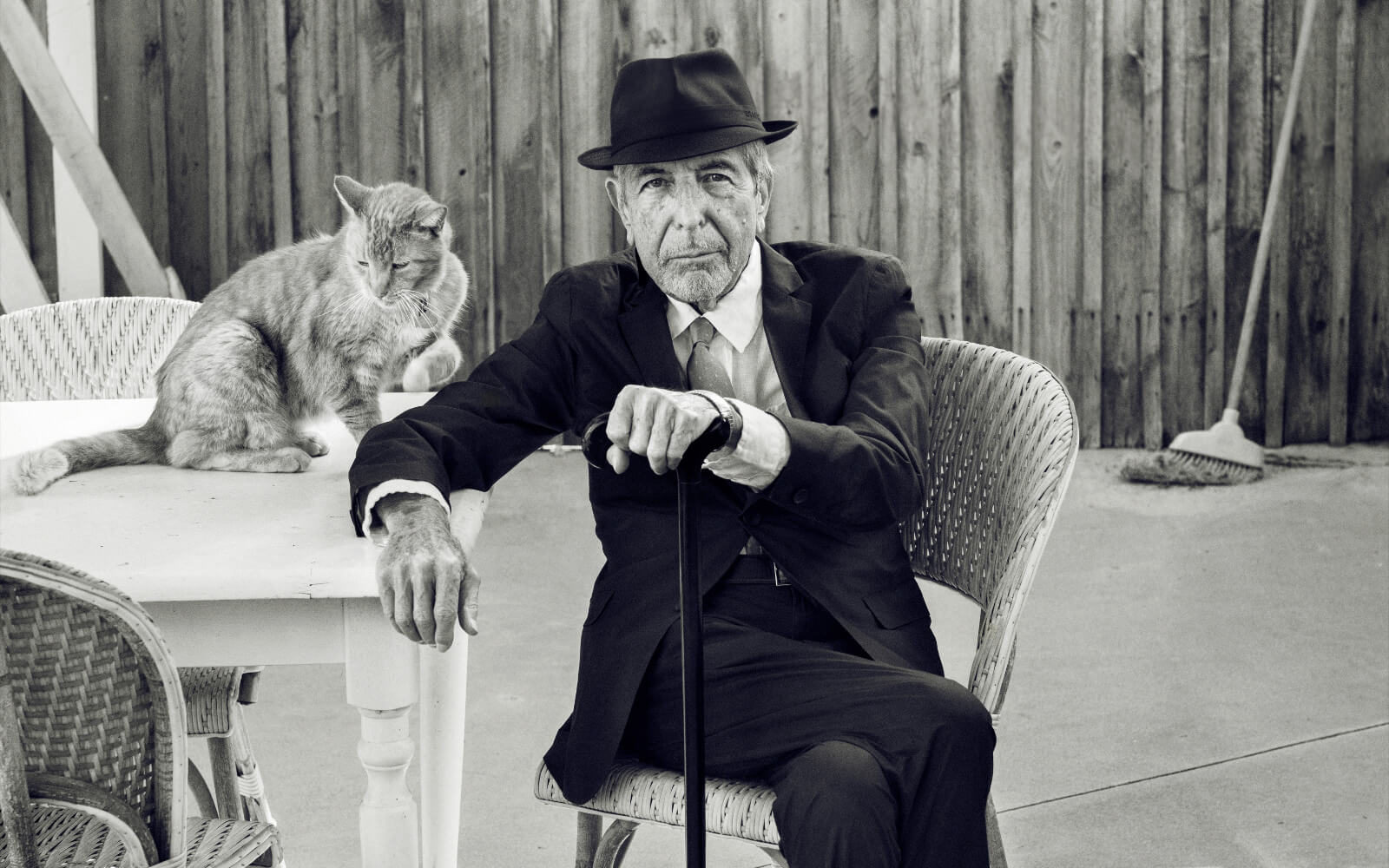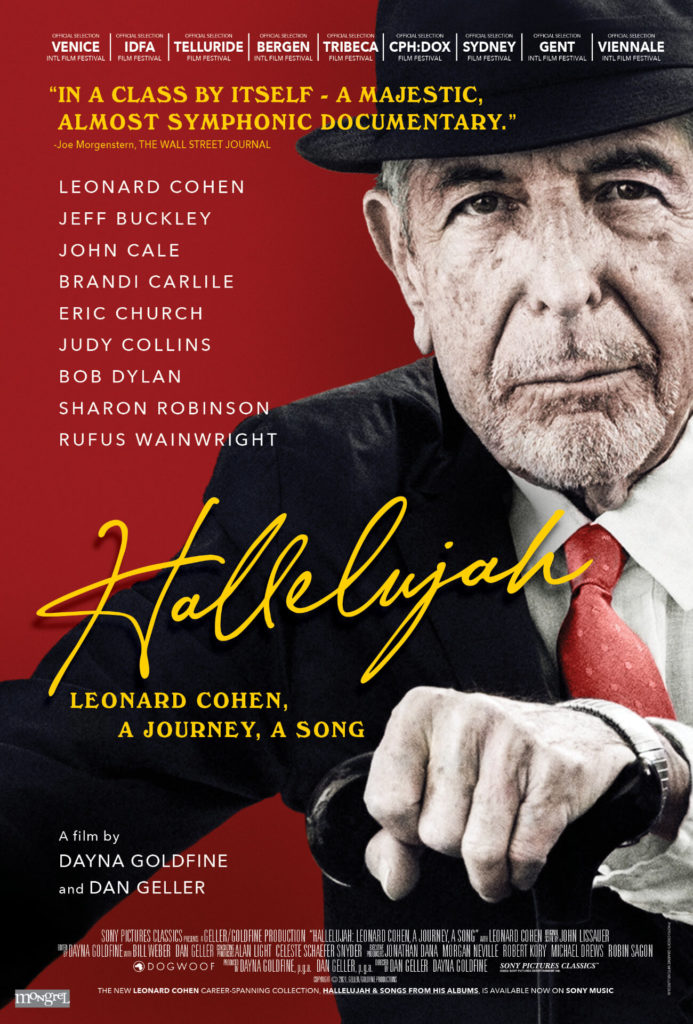
Hallelujah: Leonard Cohen, A Journey, A Song
The evolution of the world’s most beloved modern prayer.
Directed by Dayna Goldfine and Dan Geller
by Brad Simm
- Published on
It’s hard to imagine that Columbia Records, Leonard Cohen’s record label, ever refused to release Various Positions, the 1984 album that includes the song which came to immortalize the songwriting legend. Recognized for its uplifting power and beauty, “Hallelujah” possesses a majestic spirit deeply embedded in the hearts, minds, and souls of millions of music fans across the universe. In honour of that achievement, the film documentary Hallelujah: Leonard Cohen, A Journey, A Song looks at not only the evolution of the song from rejection to its skyrocketing sensation, but also a glimpse into Cohen himself from the sexy, suave boho poet to the dignified man of the world full of wisdom and grace.
That “Hallelujah” was overlooked in 1984 by Columbia isn’t a total surprise. Springsteen, Van Halen, Madonna, Prince and Michael Jackson were the chart-toppers at the time, and Cohen had been out of the game for a good five years spending quality time with his kids, taking a break from the continuous grind of recording and touring. When he did come back, Various Positions was a serious change up from the Leonard Cohen people first embraced. The range of his voice had plunged considerably and the new record varied from country-tinged serenades to the simple plucking of synthesized keyboards. It was ambitious and reflective, and while “Hallelujah” oozed with melody, its strange lyrical dance between sex and spirituality was not going to find an audience full of fist-pumping arena rockers.
Then came the 1991 compilation I’m Your Fan: The Songs of Leonard Cohen where “Hallelujah” was covered by John Cale, a founding member of the Velvet Underground. Cale’s stark and somber version of the song was selected for the soundtrack Shrek. However, another version was recorded by Rufus Wainwright who put a much more angelic spin on the tune which made its way onto the CD for the movie which sold millions of copies. Both Cale’s and Wainwright’s version had the “naughty parts” edited out and millions of young fans fell in love with the song — singing it in the mini-van, at school, and then getting mega exposure on TV with many aspiring new vocalists using the tune to strut their talent on shows like American Idol and The Voice.
While “Hallelujah” exploded into the stratosphere, Leonard Cohen was on a different journey; a spiritual quest and another hiatus from the music biz where he disappeared into a Californian monastery for six years. When he re-entered the commercial world in the early 2000s, he set his sights on writing once again, now approaching his 70s. He recorded new albums and appeared on other artists’ songs, but as his legendary status rose he made a horrible discovery – his long time manager had been draining his bank account and retirement funds dating back to the mid-90s. To recover the money his manager had stolen, Cohen set out on a world tour in 2008.
Extremely apprehensive, fearing irrelevance and that he might not be the splash he once was, Cohen chose to play small venues to test drive the show and his confidence. Those shows didn’t last long as capacity crowds grew bigger and bigger and a world tour carried on for three more years. Then another romp around the globe from 2012 to 2013 totalling close to 400 shows in six years as Cohen approached 80 years of age. Closing the performance each night was “Hallelujah,” aptly declared by Regina Spektor as a “modern prayer… an instruction manual on how to be in the world.”


